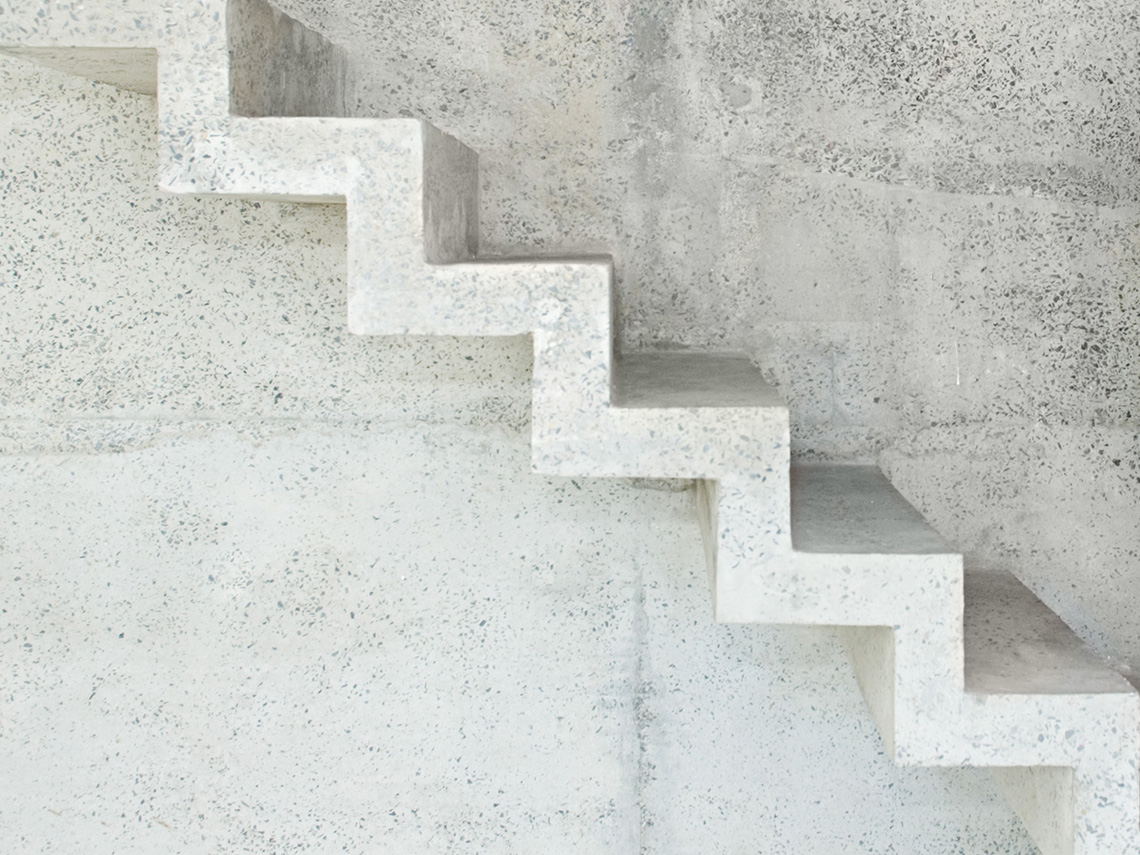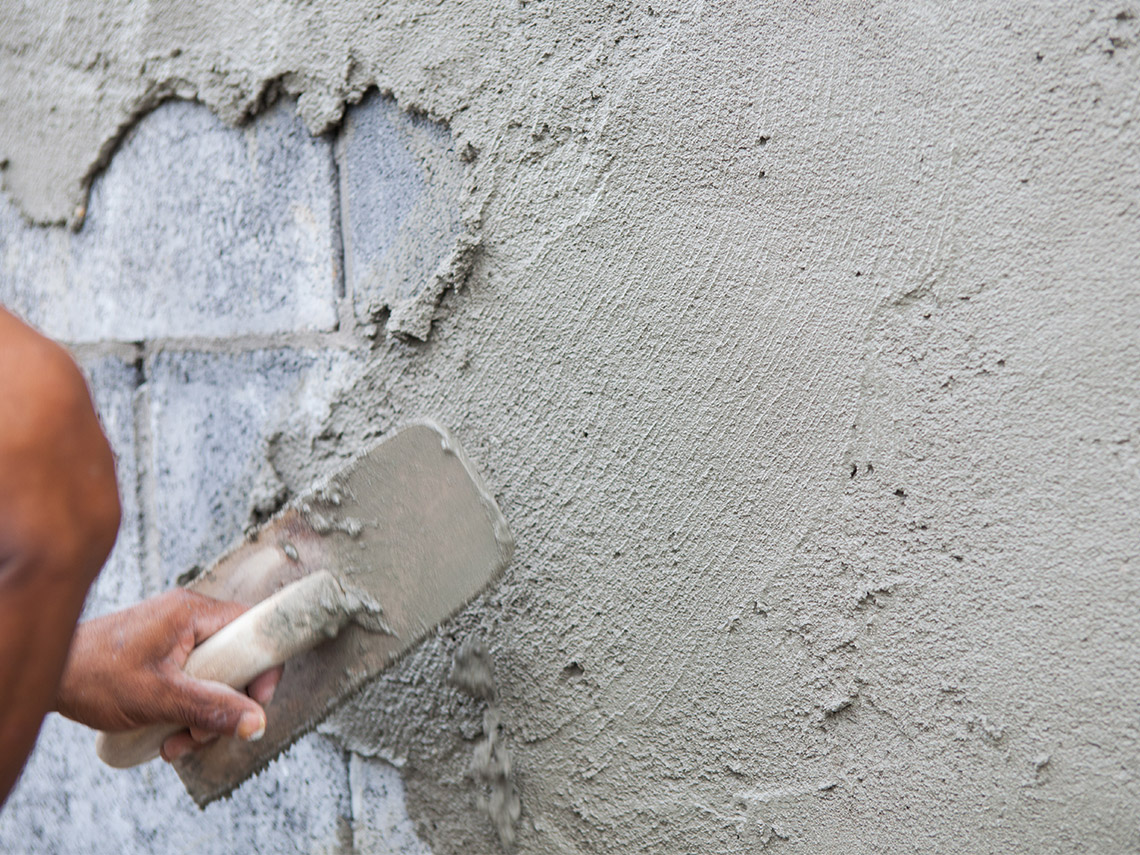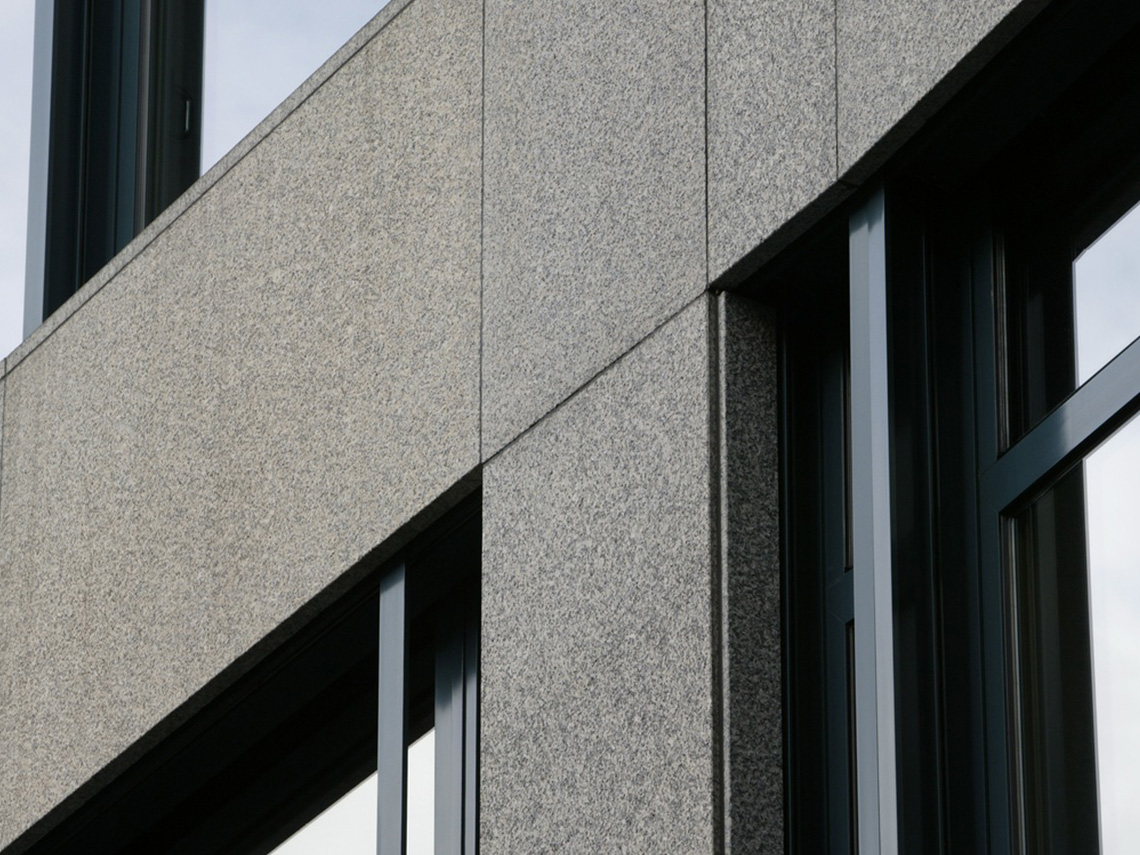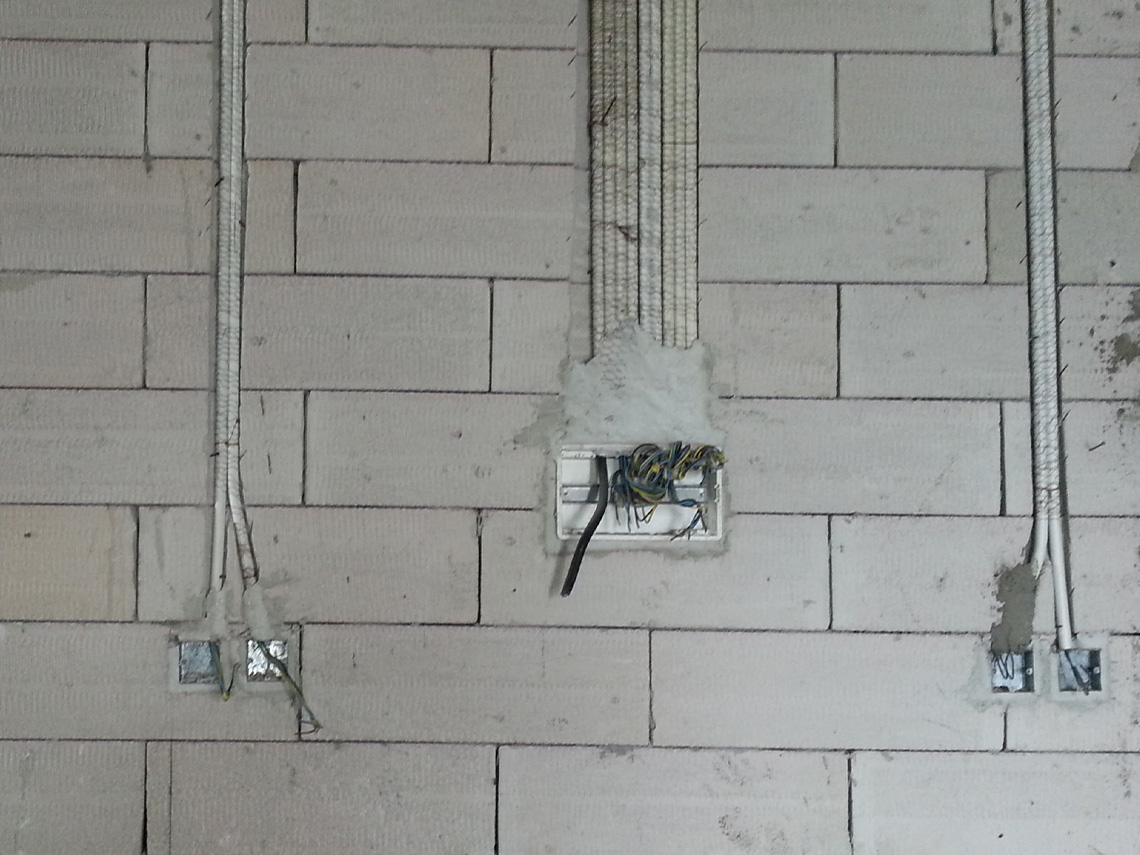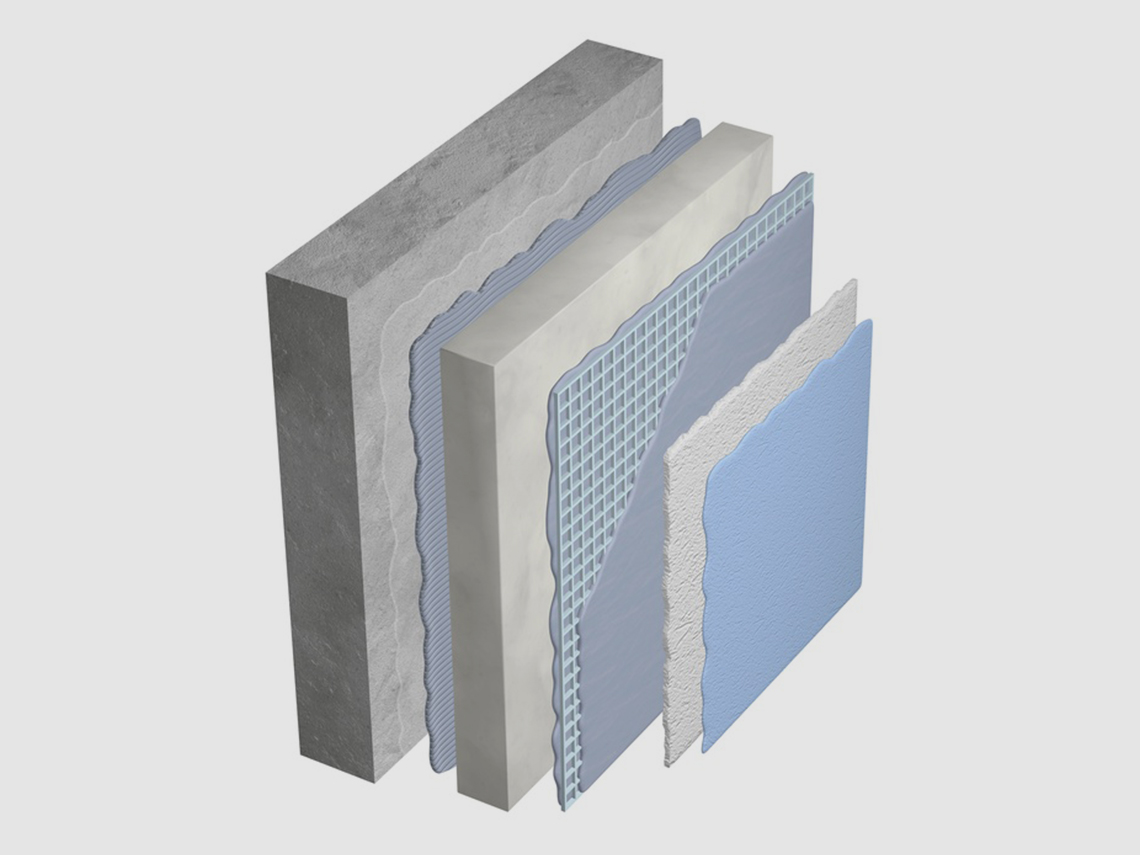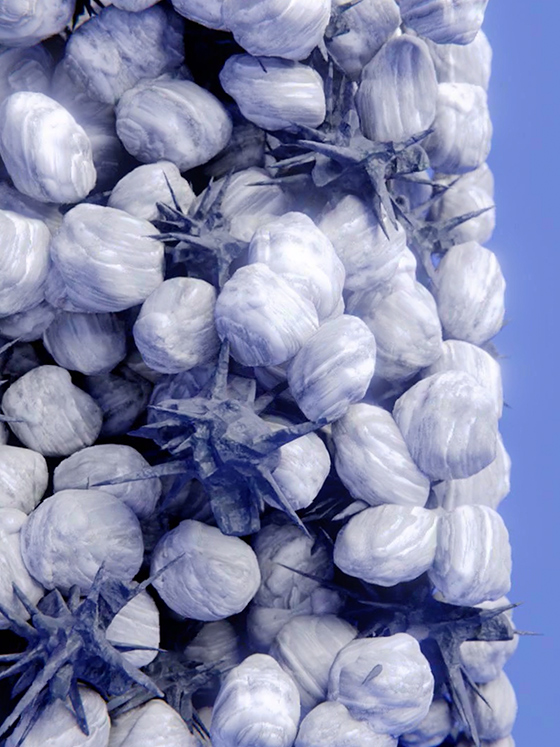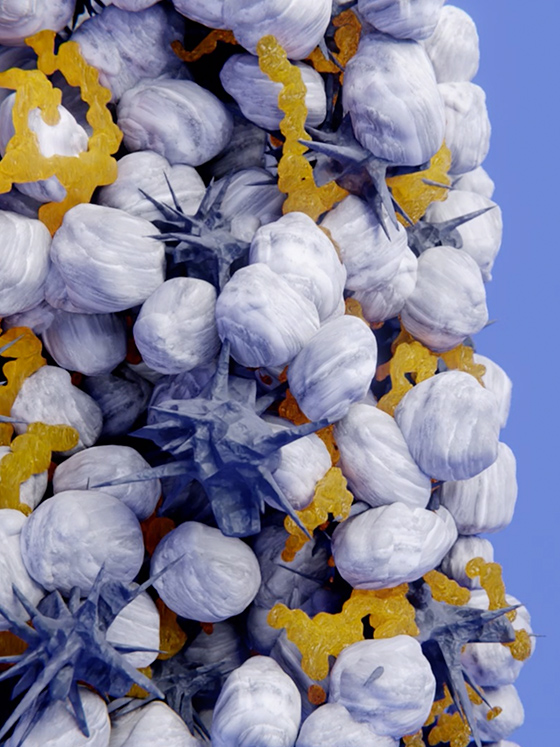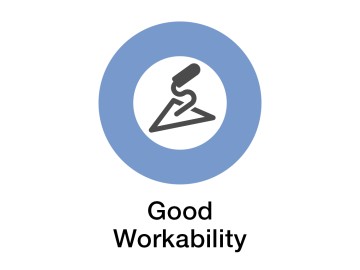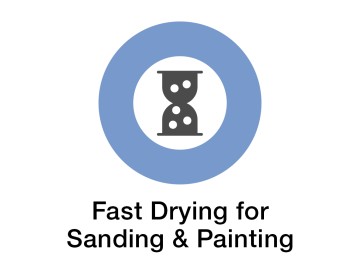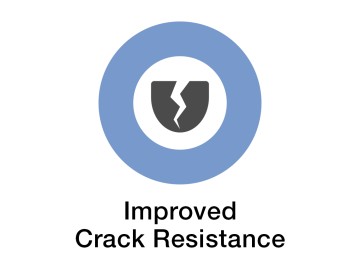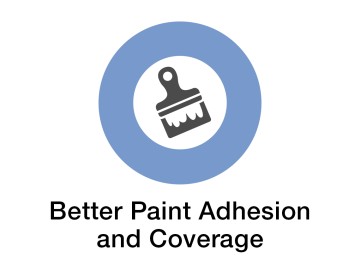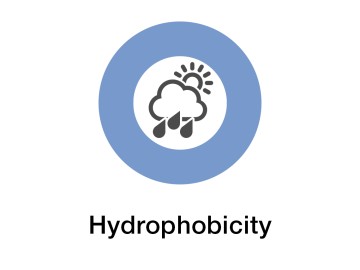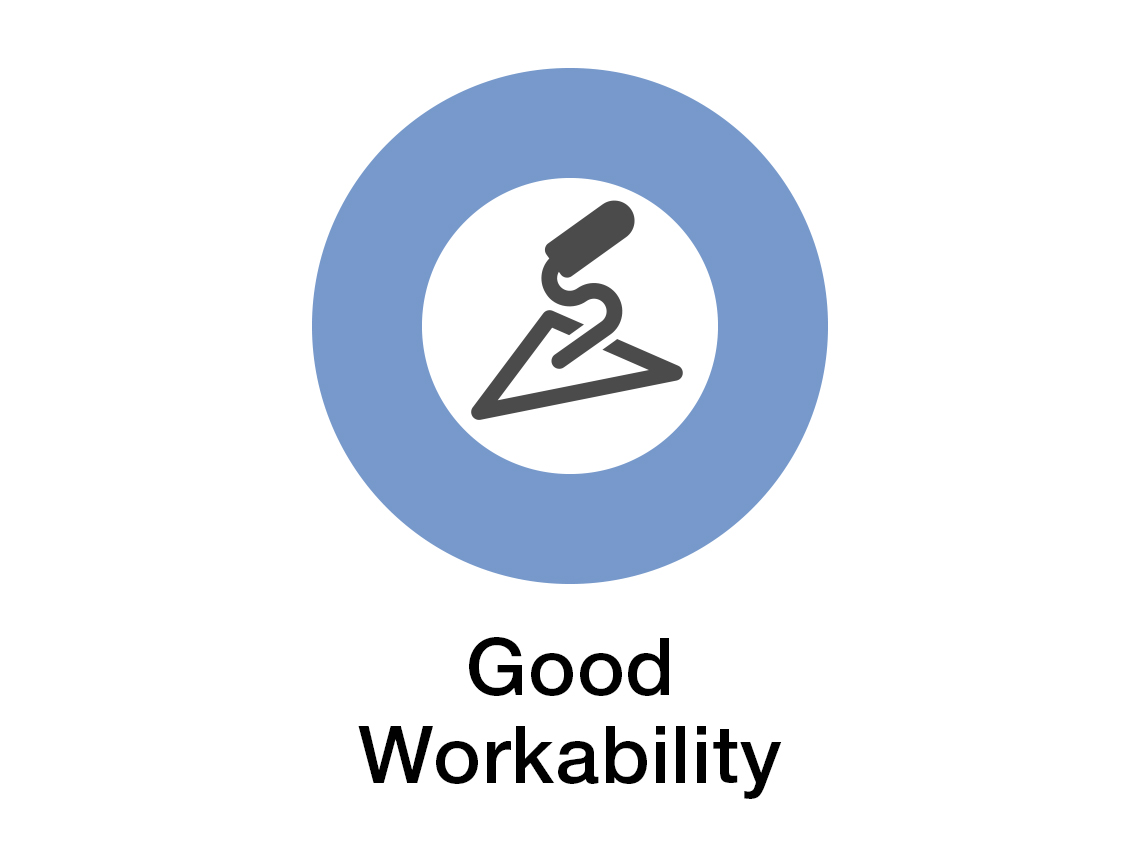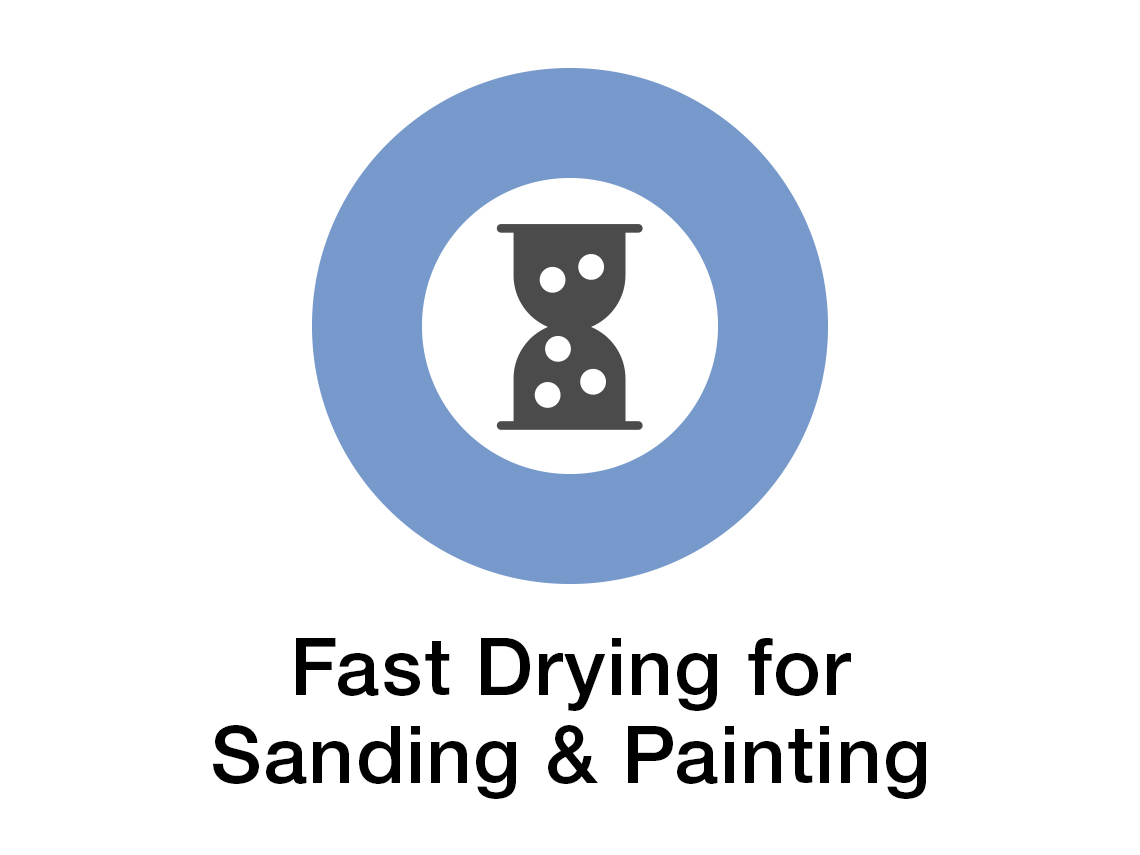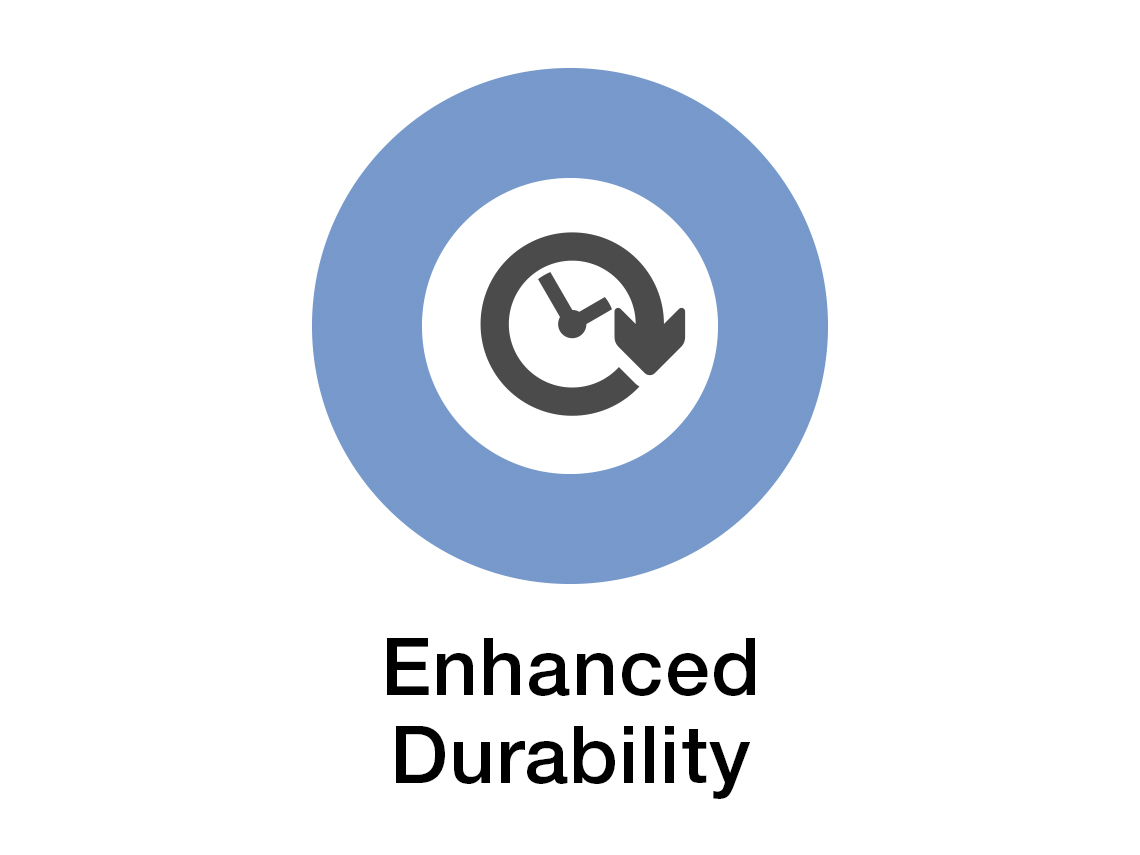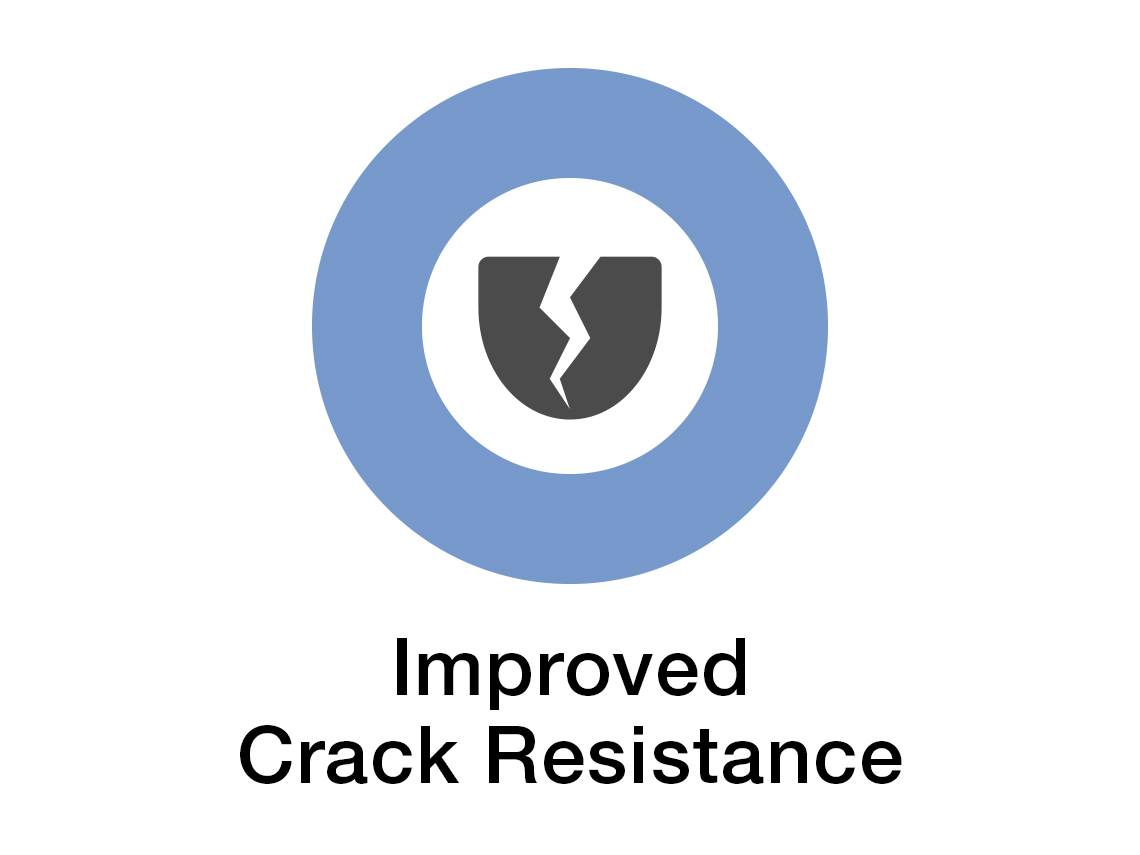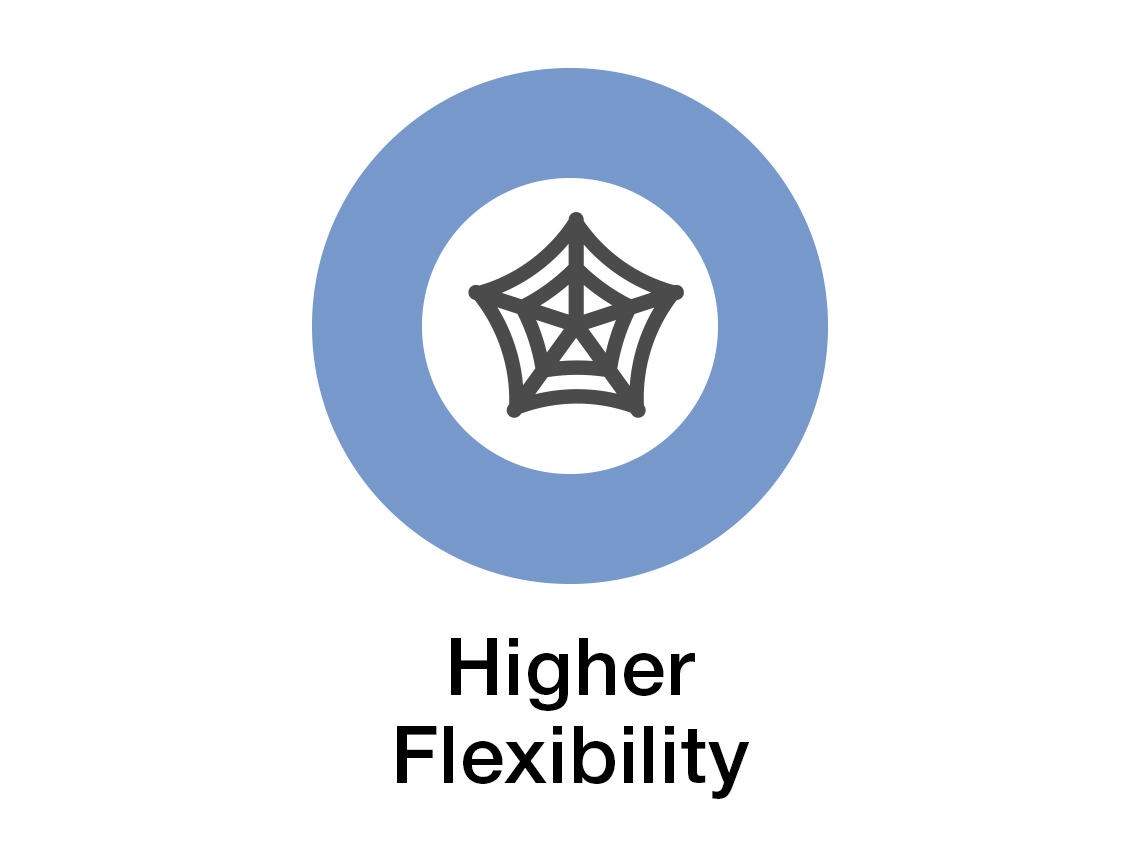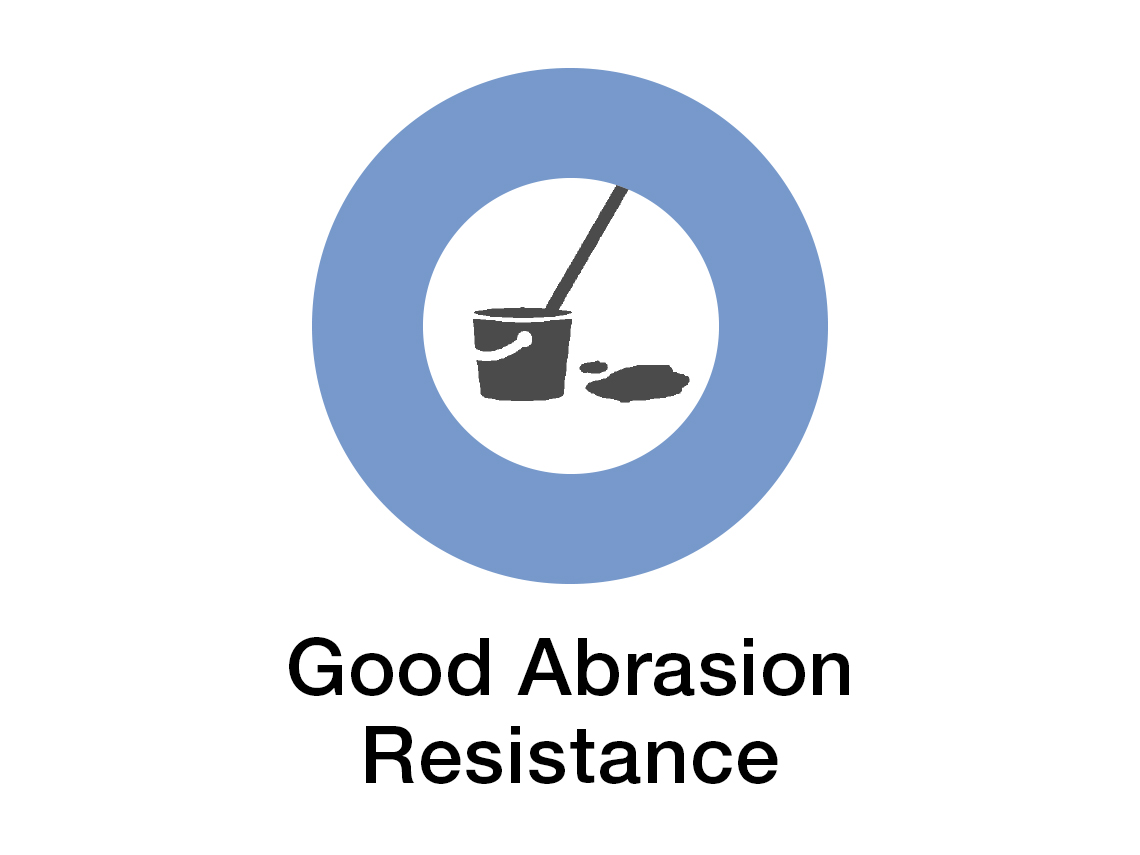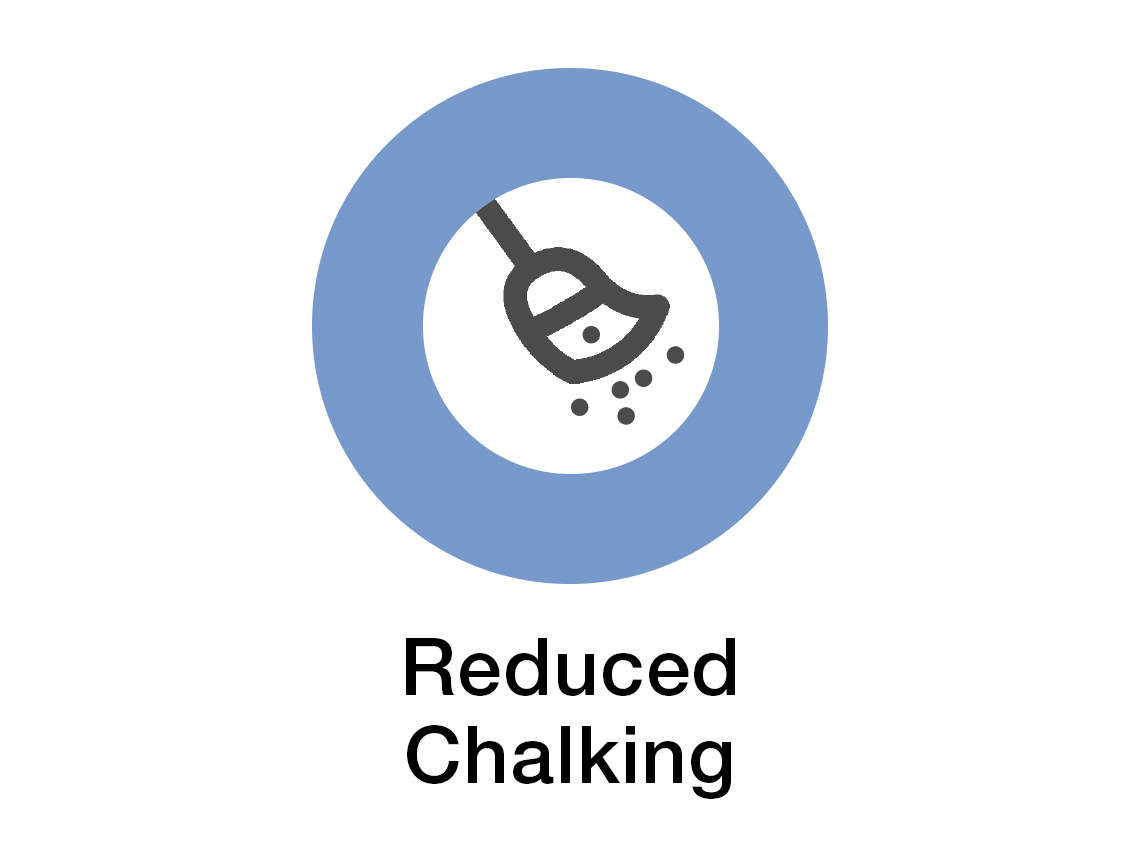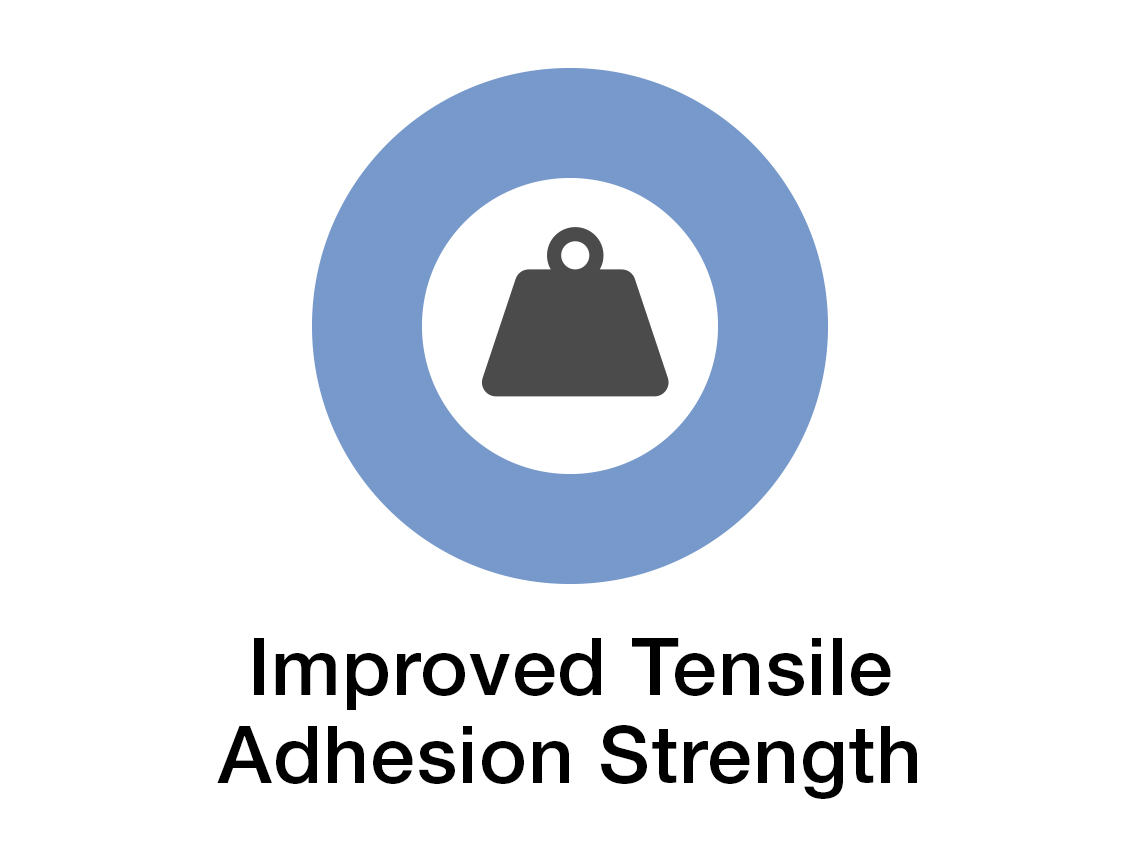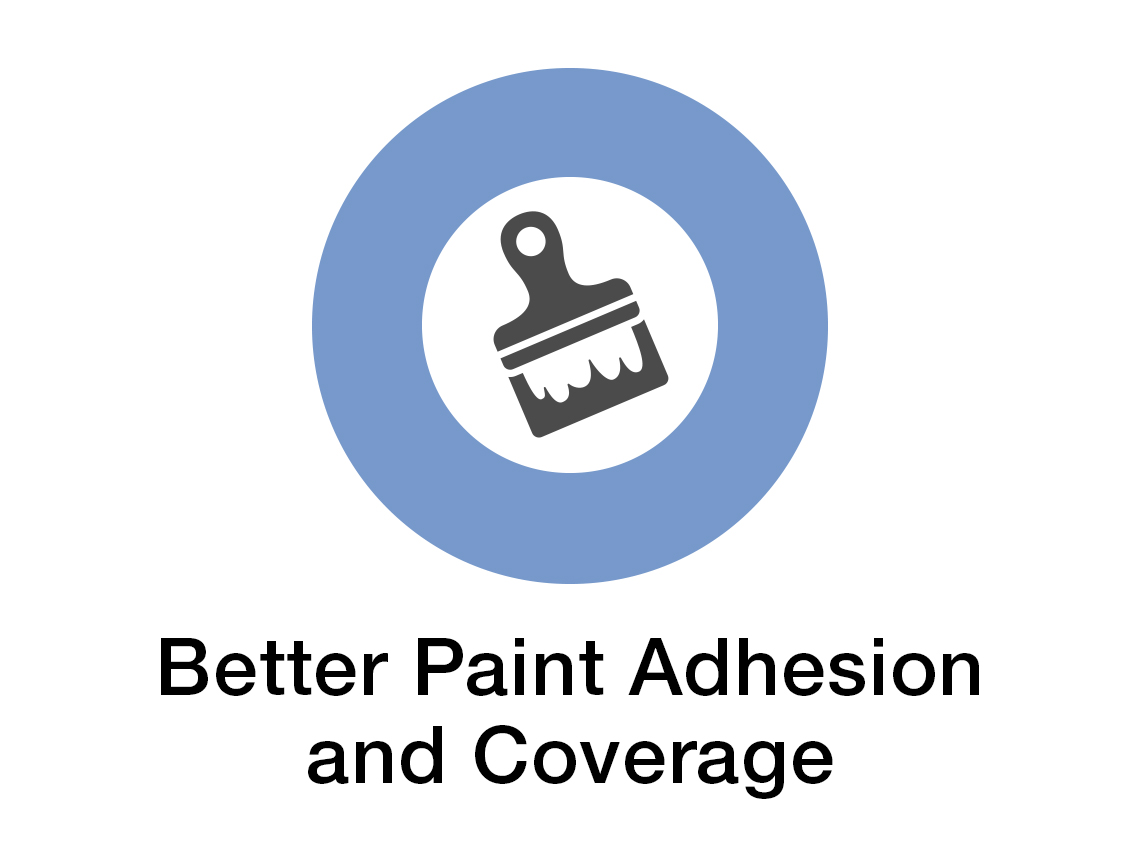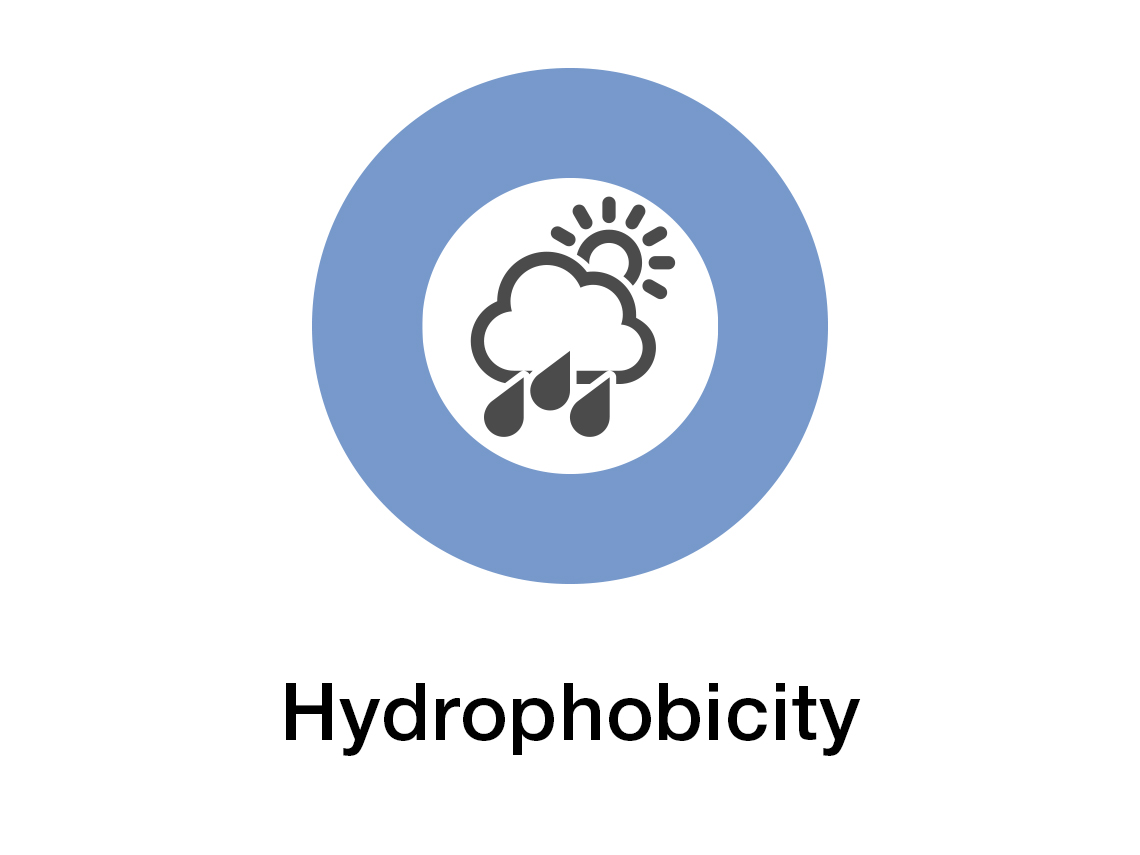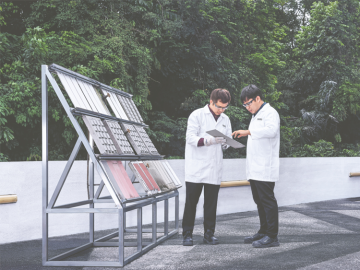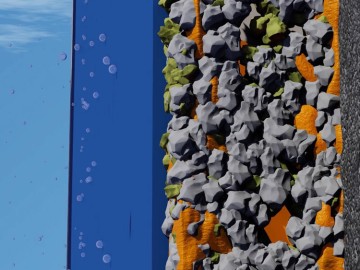
So Smooth and Attractive
First impressions count. That’s as true of buildings as it is of people. But aesthetic perceptions vary from region to region. While walls in western Europe are often lightly textured due to sand in the plaster, the global trend is for perfectly smooth surfaces. Such surfaces are achieved with skim coats.

Developed in Asia in the early 1980s, skim coats are now well established in India and parts of Southeast Asia. Normally, they are based on white or gray cement. The filler is not sand, but calcium carbonate instead, which is much finer. In a process called skimming, skim coats are applied directly to concrete or fiberboard, to plastered (brick) surfaces or to external thermal insulation composite systems (ETICS / EIFS). An ultrathin layer of between 0.5 mm and 2 mm is enough to smooth rough and uneven substrates and cover hairline cracks.
Beauty Inside and Out
Skim coats are extremely versatile, finding application both indoors and outside – either as topcoats to smoothen surfaces or as a basis for paintwork and wallpaper.
A selection of suitable substrates.
Simply Better: Skim Coats with VINNAPAS®
To improve skim coats’ physical and technical properties, polymers are added to formulations. VINNAPAS® polymer binders from WACKER increase skim-coat adhesion, flexibility and processability, for instance. And they strengthen the weatherability and durability of exterior walls.
One Technique – Many Benefits
Polymer modification with VINNAPAS® dispersible polymer powders improves numerous skim-coat properties:
Prepared for Water: Hydrophobic VINNAPAS® H Grades
Skim-coated walls are perfectly smooth and long lasting. But they have a weak spot: moisture. Mold, cracks and blisters can occur if skim coats are continuously exposed to rain or high humidity. VINNAPAS® H grades are an effective way to prevent such damage. For more information, see our video.
The Right Formulation for Each Region
Today, skim coats are chiefly used in India, China and parts of Southeast Asia. But there is a growing trend for smooth walls in Brazil, the United Arab Emirates, North Africa and parts of Europe. And each region has very specific needs – determined by local raw materials, climatic conditions, processing techniques and legal requirements. Finding the right formulation is a complex task.
Worldwide, WACKER’s technical competence centers support customers in this quest. Our experts understand local conditions and realize what is important. What’s more, they use special test methods to investigate skim-coat properties – such as adhesion, tensile strength, abrasion resistance and hydrophobicity. Then our experts adapt them to individual needs.
Our interactive PDF will tell you more about the benefits and applications of skim coats and about the test methods used by WACKER’s technical competence centers.
Simply download the PDF in the download box.






